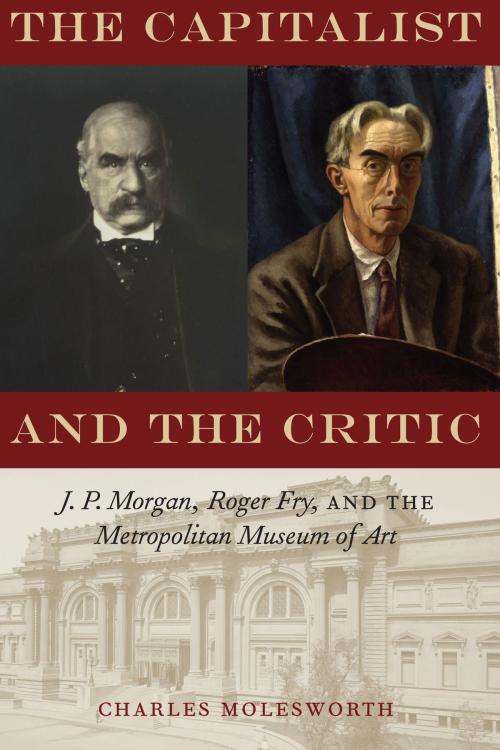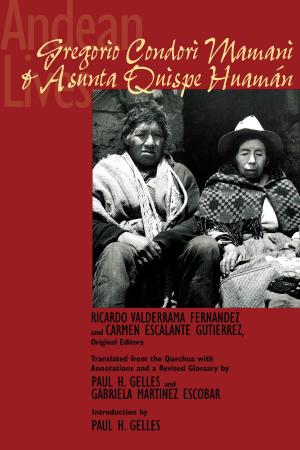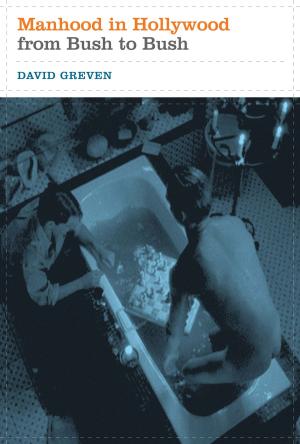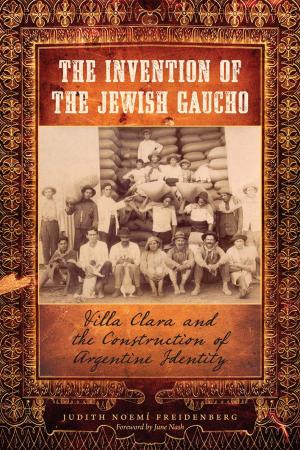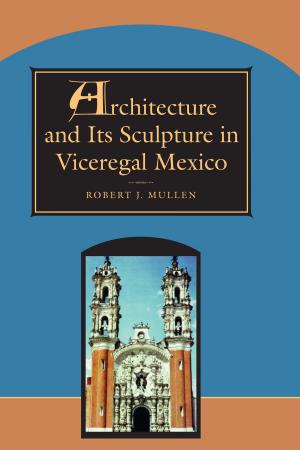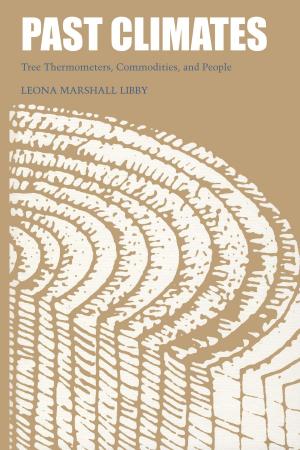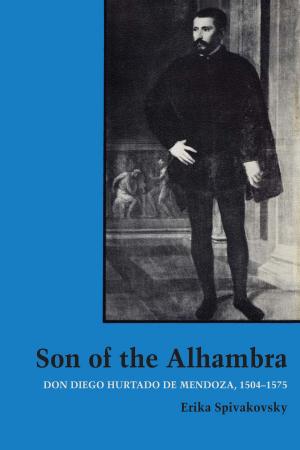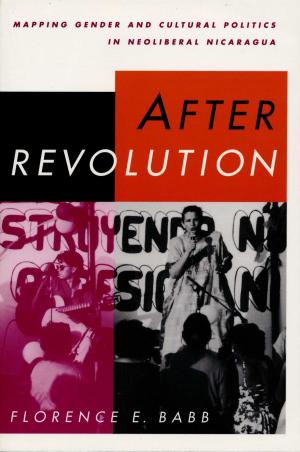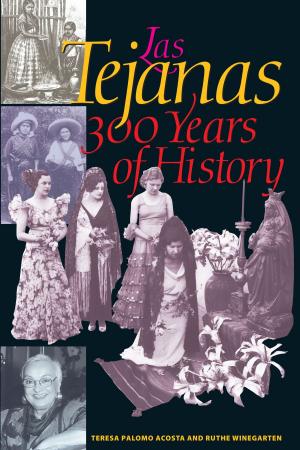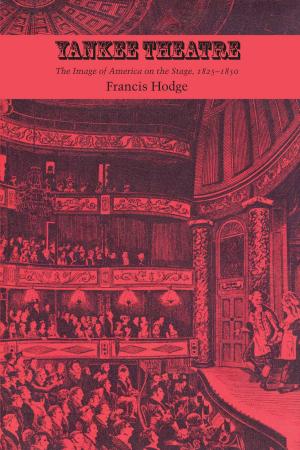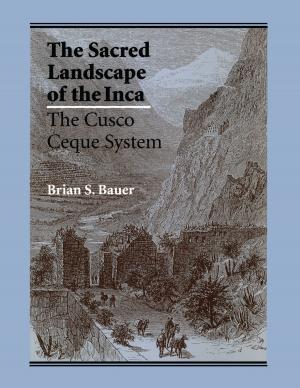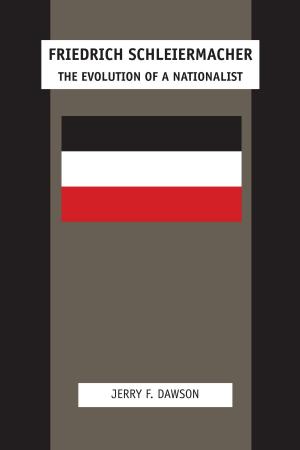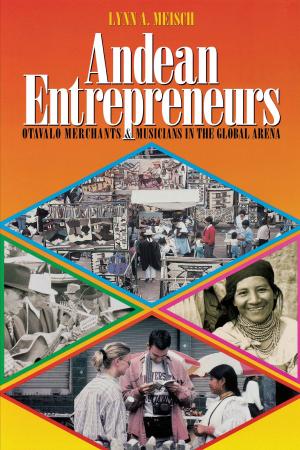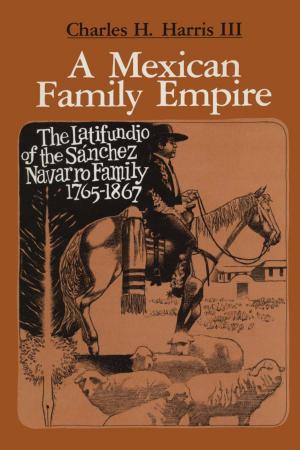The Capitalist and the Critic
J. P. Morgan, Roger Fry, and the Metropolitan Museum of Art
Nonfiction, History, Americas, United States, 20th Century| Author: | Charles Molesworth | ISBN: | 9781477308424 |
| Publisher: | University of Texas Press | Publication: | March 1, 2016 |
| Imprint: | University of Texas Press | Language: | English |
| Author: | Charles Molesworth |
| ISBN: | 9781477308424 |
| Publisher: | University of Texas Press |
| Publication: | March 1, 2016 |
| Imprint: | University of Texas Press |
| Language: | English |
Shortly after the turn of the twentieth century, the Metropolitan Museum of Art began an ambitious program of collection building and physical expansion that transformed it into one of the world's foremost museums, an eminence that it has maintained ever since. Two men of singular qualities and accomplishments played key roles in the Met's transformation—J. P. Morgan, America's leading financier and a prominent art collector, and Roger Fry, the headstrong English expert in art history who served as the Met's curator of painting. Their complicated, often contentious relationship embodies and illuminates the myriad tensions between commerce and art, philanthropists and professional staff, that a great museum must negotiate to define and fulfill its mission.In this masterful, multidisciplinary narrative, Charles Molesworth offers the first in-depth look at how Morgan and Fry helped to mold the cultural legacy of masterpieces of painting and the development of the "encyclopedic" museum. Structuring the book as a joint biography, Molesworth describes how Morgan used his vast wealth to bring European art to an American citizenry, while Fry brought high standards of art history from the world of connoisseurs to a general public. Their clashes over the purpose and functions of the Met, which ultimately led to Fry's ouster, reveal the forces—personal and societal—that helped to shape the Metropolitan Museum and other major American cultural institutions during the twentieth century.
Shortly after the turn of the twentieth century, the Metropolitan Museum of Art began an ambitious program of collection building and physical expansion that transformed it into one of the world's foremost museums, an eminence that it has maintained ever since. Two men of singular qualities and accomplishments played key roles in the Met's transformation—J. P. Morgan, America's leading financier and a prominent art collector, and Roger Fry, the headstrong English expert in art history who served as the Met's curator of painting. Their complicated, often contentious relationship embodies and illuminates the myriad tensions between commerce and art, philanthropists and professional staff, that a great museum must negotiate to define and fulfill its mission.In this masterful, multidisciplinary narrative, Charles Molesworth offers the first in-depth look at how Morgan and Fry helped to mold the cultural legacy of masterpieces of painting and the development of the "encyclopedic" museum. Structuring the book as a joint biography, Molesworth describes how Morgan used his vast wealth to bring European art to an American citizenry, while Fry brought high standards of art history from the world of connoisseurs to a general public. Their clashes over the purpose and functions of the Met, which ultimately led to Fry's ouster, reveal the forces—personal and societal—that helped to shape the Metropolitan Museum and other major American cultural institutions during the twentieth century.
